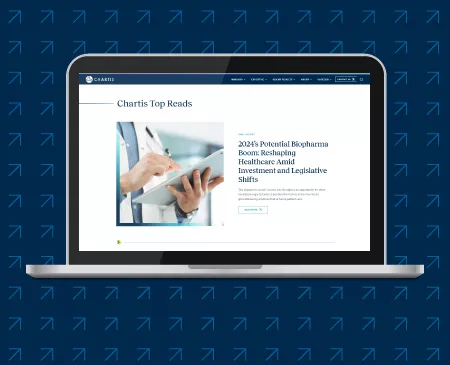The Client Challenge
A regional Blues plan had to sunset its more than 15-year-old provider data management system. Recent federal policy changes, acquisitions, and enterprise strategy needs further complicated this major transition. The client faced challenges in developing its strategy: What data should it migrate? How should the data reside in a new system? How could it leverage the data to support enterprise goals for the provider and member experience?
CHALLENGES WITH PLANNING FOR A PROVIDER DATA SYSTEM MIGRATION CAN INCLUDE
- Understanding and meeting varying requirements that span multiple teams
- Identifying a single standardized structure for a provider record
- Accounting for the time and resources required to cleanse data prior to migration
- Mitigating the impacts associated with excluding or including certain data segments
- Maintaining an enterprise perspective when making critical decisions
Navigating to Next: The Solution
The health plan wanted to take advantage of its new provider data system capabilities to turn its provider data into a strategic asset, not simply as a repository of information for processing claims and populating its provider directory. Client leadership recognized that provider data can impact enterprise initiatives and the member and provider experience as well. The client partnered with Chartis to develop a data migration strategy.
The planning approach was based on 3 essential elements: (1) an in-depth analysis of legacy data; (2) a technical examination of the data model and the migration process; and (3) a holistic investigation into how the data would impact other areas of the enterprise. Chartis facilitated workshops with stakeholders across the organization to align on key decisions that incorporated broader enterprise perspectives. The team discovered that most provider group records did not require migration, and, of the data to migrate, many records required cleanup. Chartis helped define and prioritize business cleanup rules, size the level of effort, and establish a resolution strategy. Chartis also helped define a long-term data enrichment and accuracy improvement plan to support ongoing and future enterprise needs.










